Power coming from unknown source
Hi, I have a quite complex circuit with 5 DC/DC Converters all being powered by a 28V power supply and with a common ground. All DC/DC converters have a on/off feature and they all are controlled by a Raspberry PI. I'm also using three PanStamps (Arduino compatible device running a 8MHz, 3.3V with a RF chip C1101).
The Pi is connected to a screen using a HDMI - DVI cable and also to an Ethernet port.
My regulators are TracoPower TMR 6-2410 (3.3V), 3xTMR 6-2411 (5V) and another 12V.
One of the PanStamps is connected to the Pi using their RX/TX lines and also connected to a 12V analog pressure sensor using a voltage divider to sacale down the output to 0-3.3V. All PanStamps share the same +3.3V line
The problem is that when I turn off the 3.3V regulator I still reading 1.48V on its output.
The problem is that this 1.48V sometimes is enough to keep the PanStamp running (instead of being off) which leads my system to unknown states and some times out of control. When there is nothing connected to the regulator the off voltage is 0.09V.
I believe that this unknown power is coming from the Pi through the RX/TX lines passing the PanStamp and going to the power line.

My questions are: 1 - How can I stop it from happening? 2 - Can some device be damaged by low voltage/current?